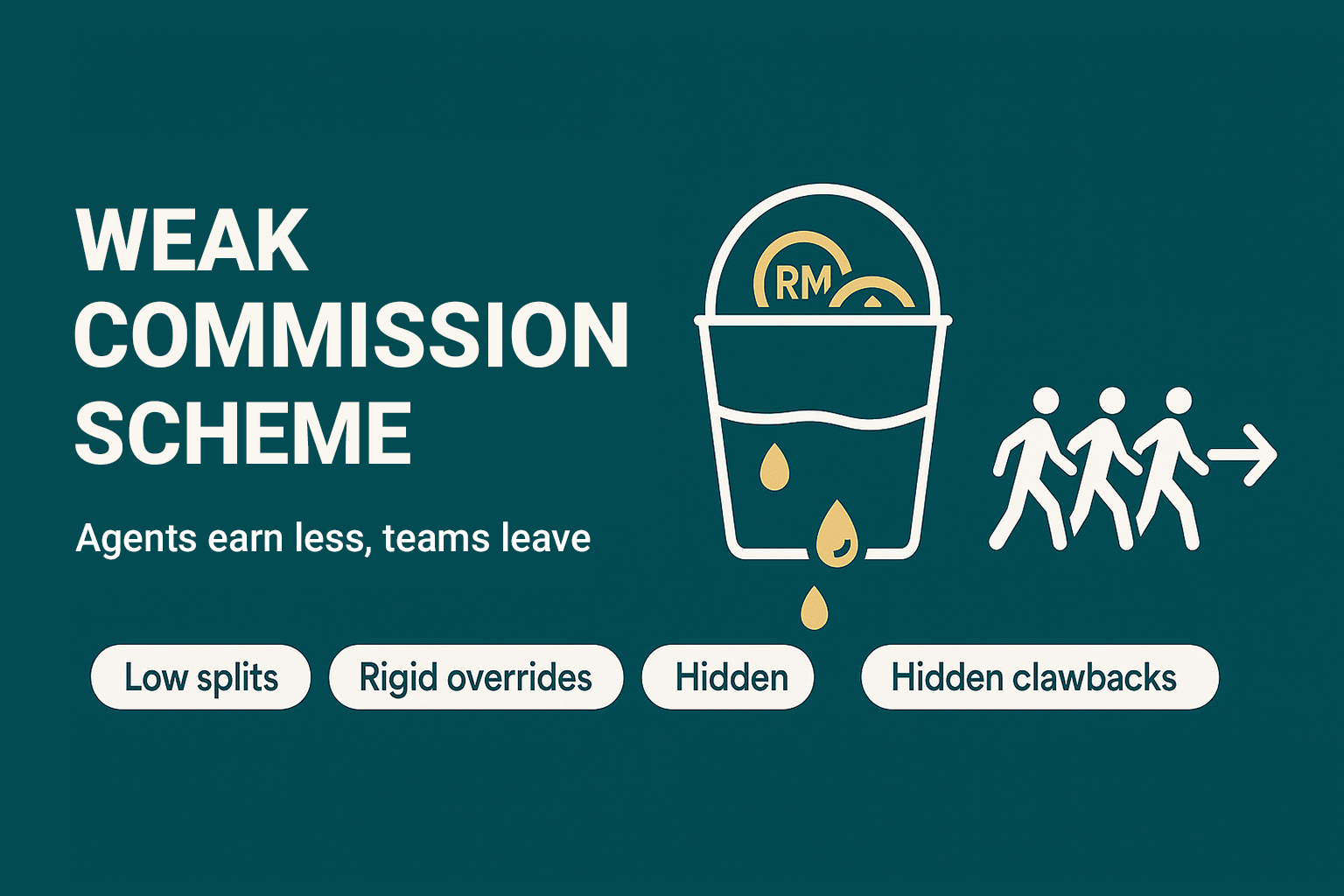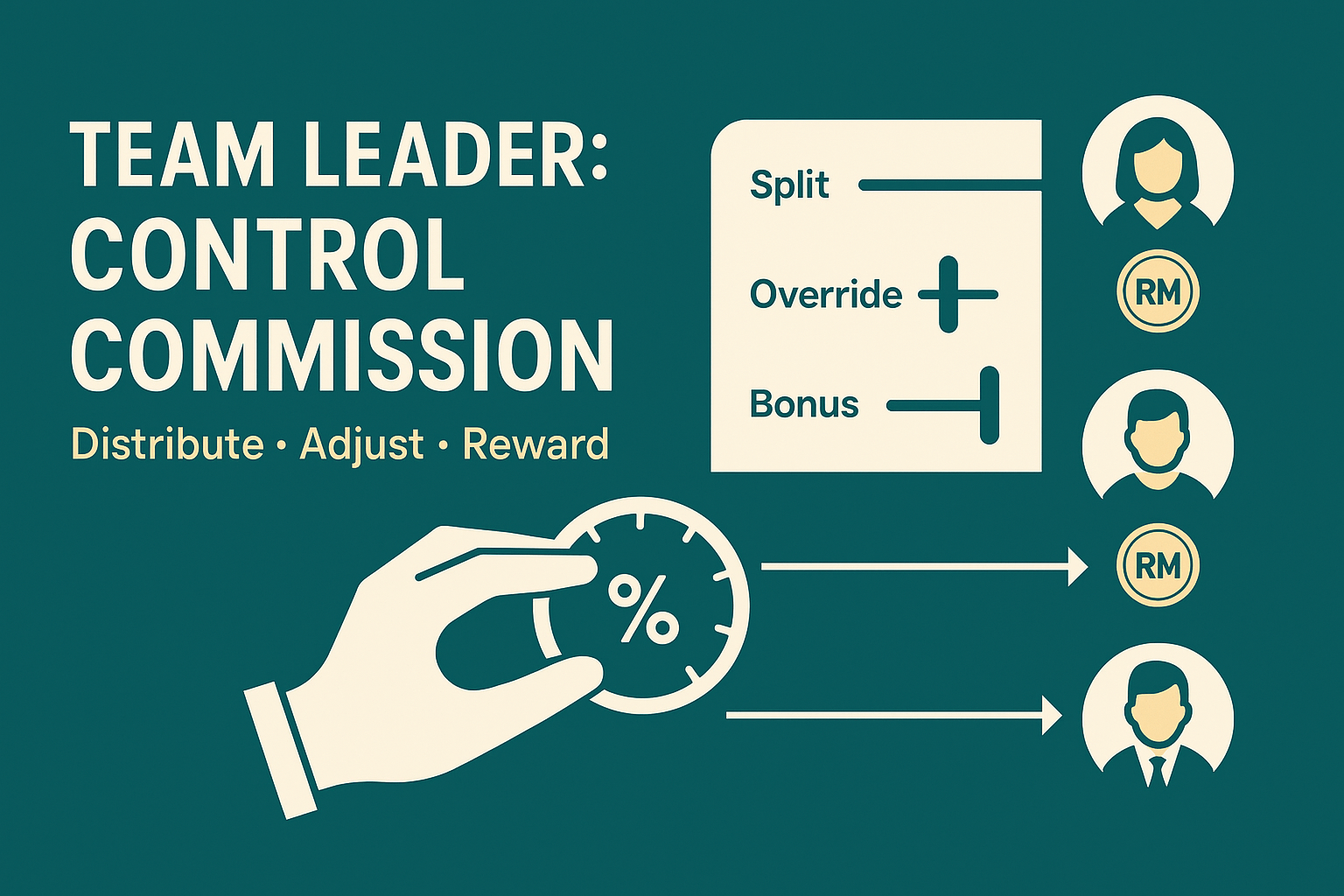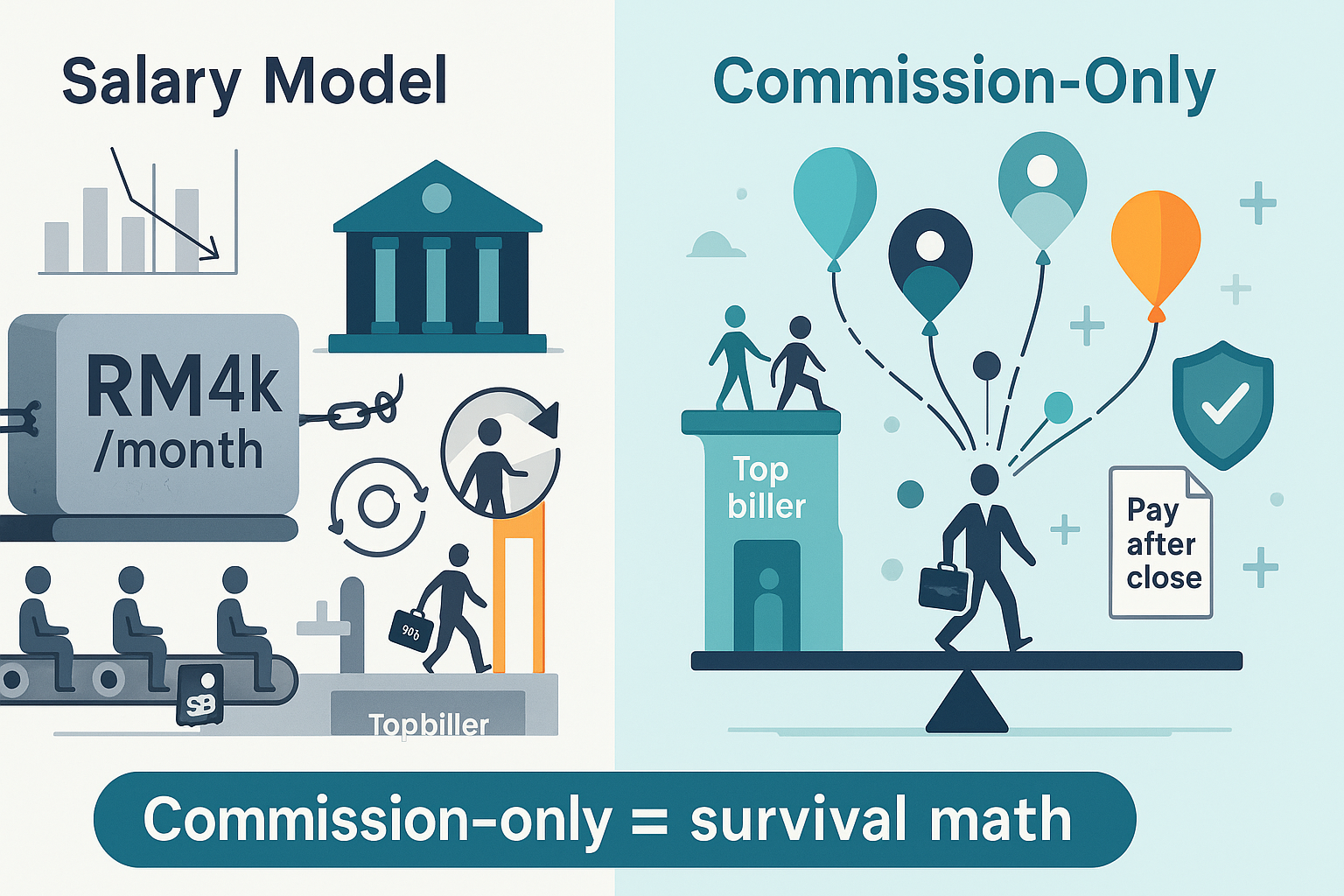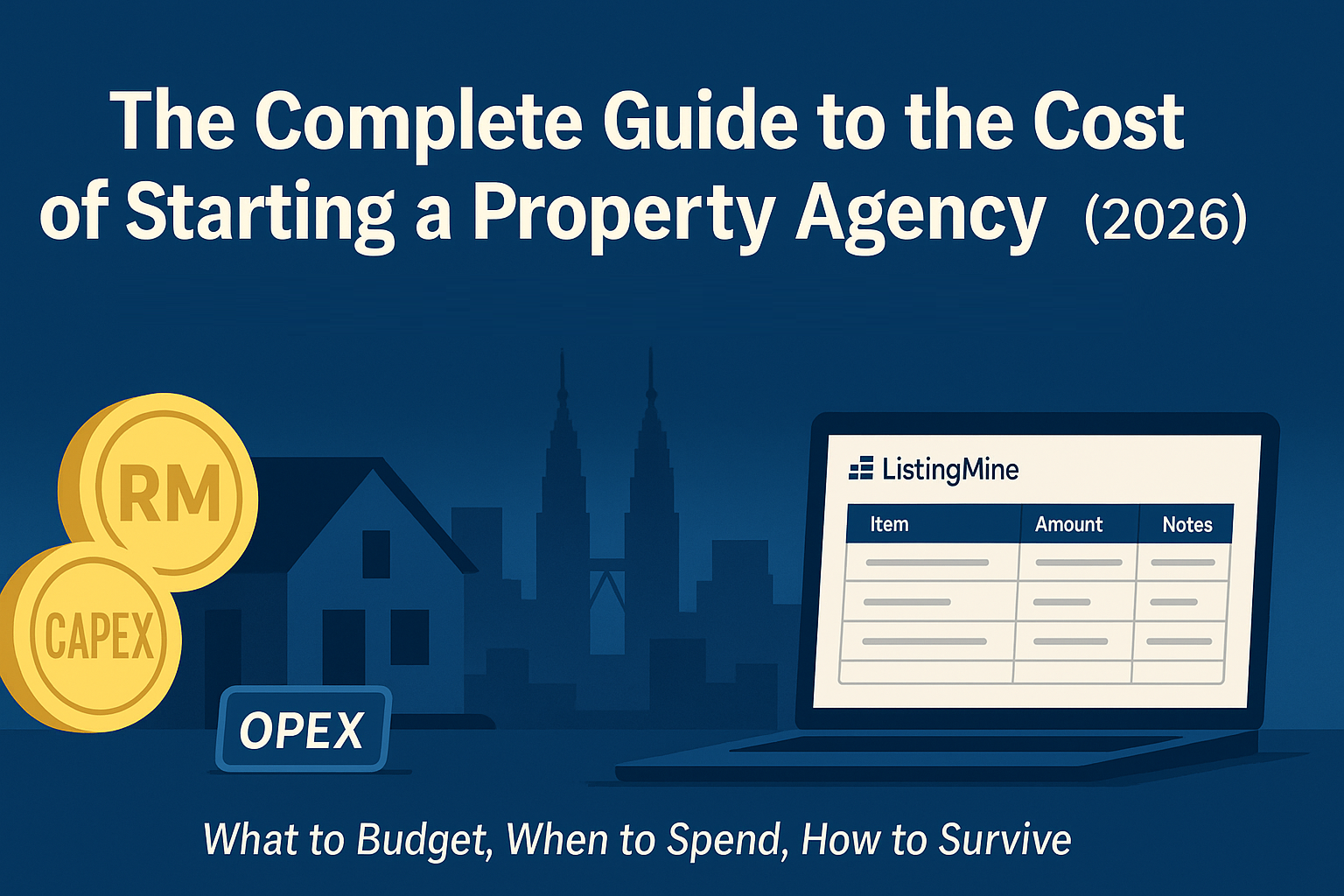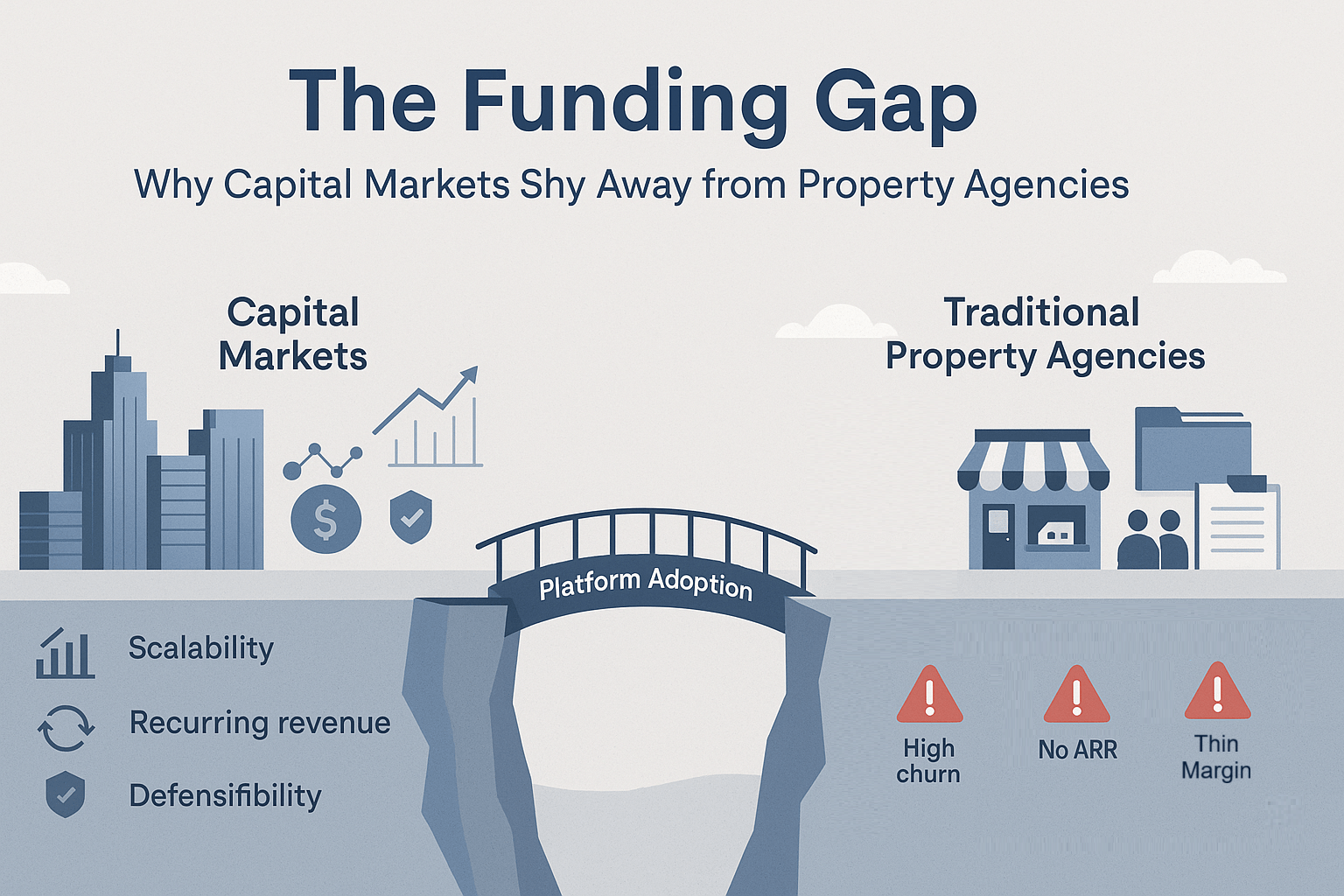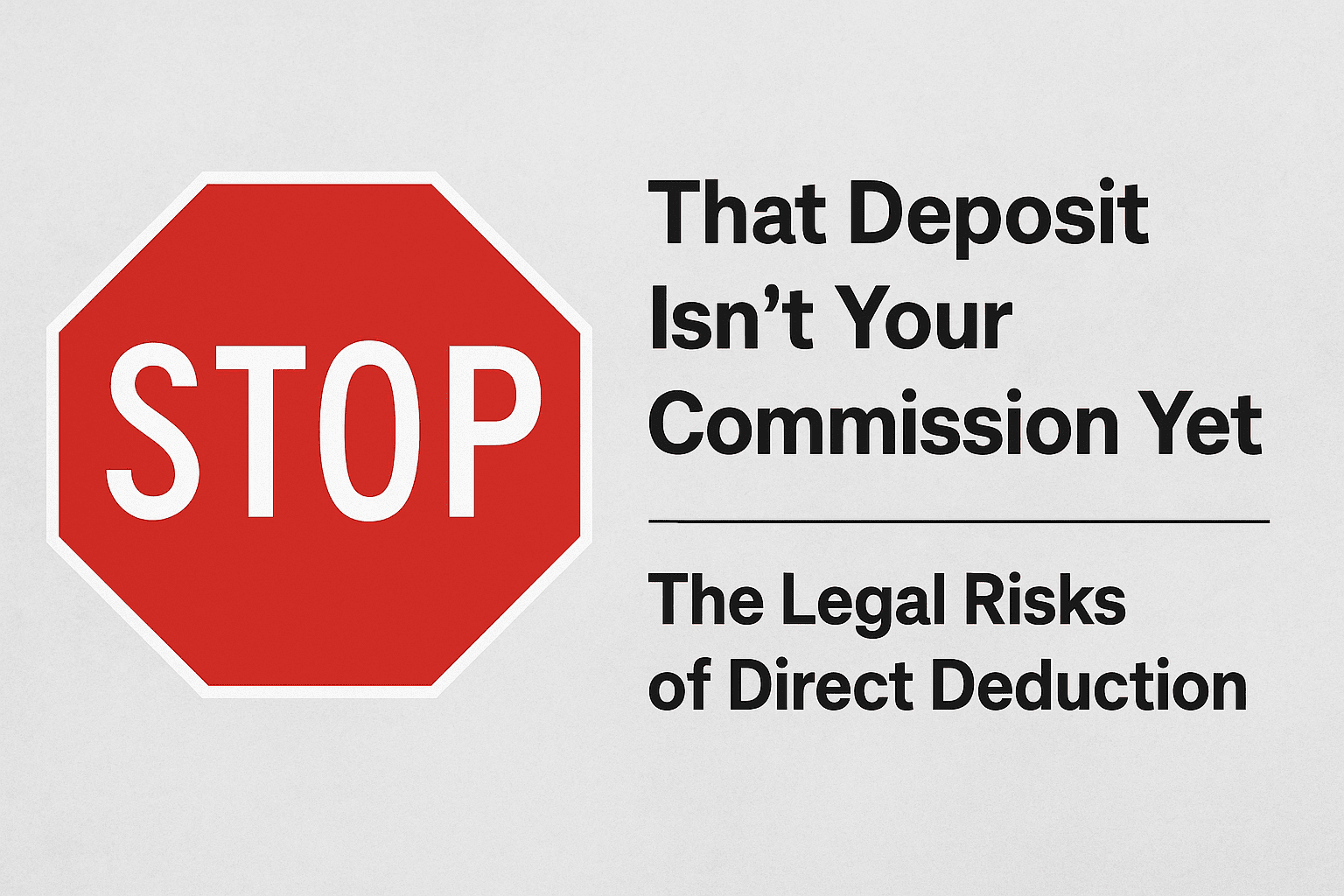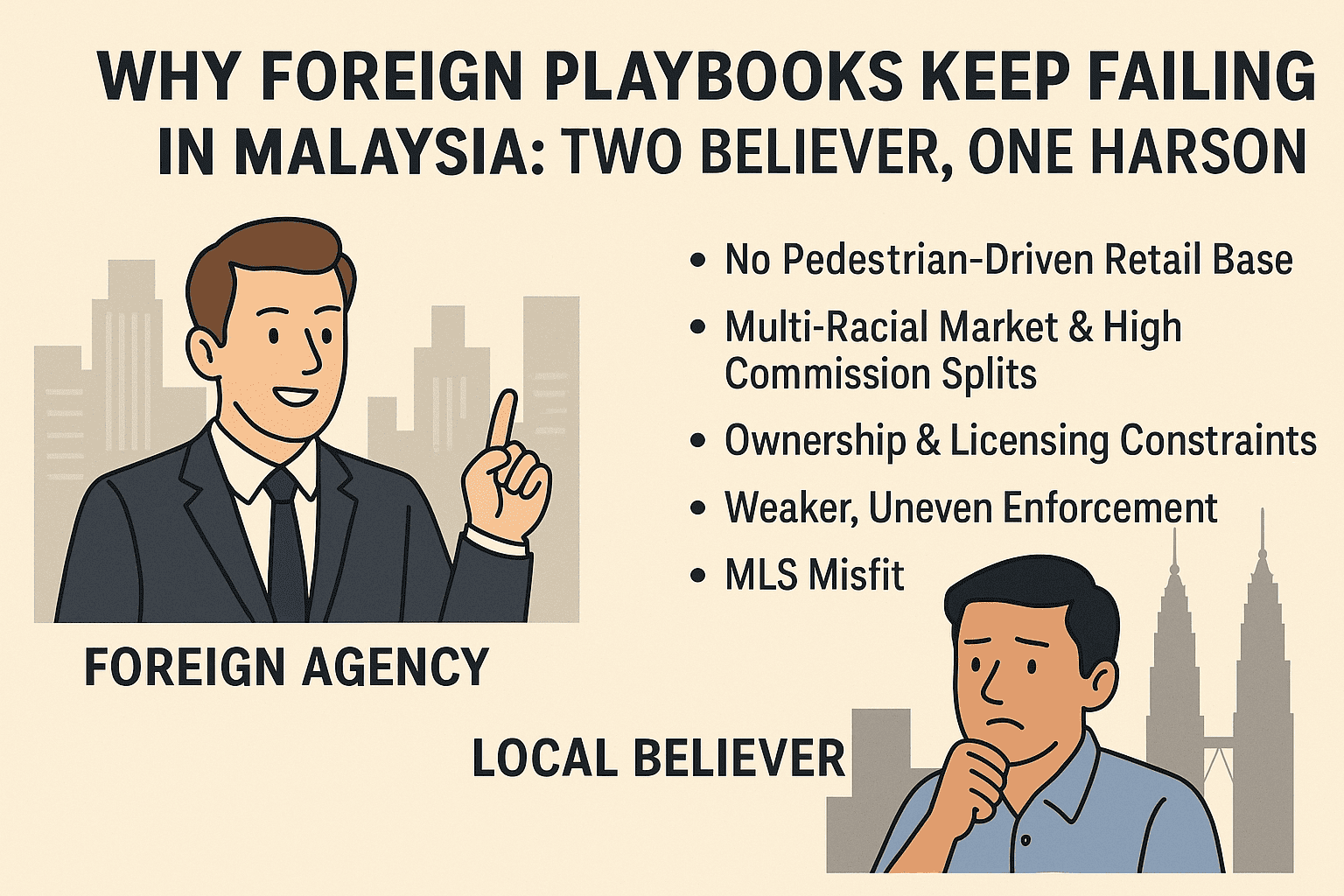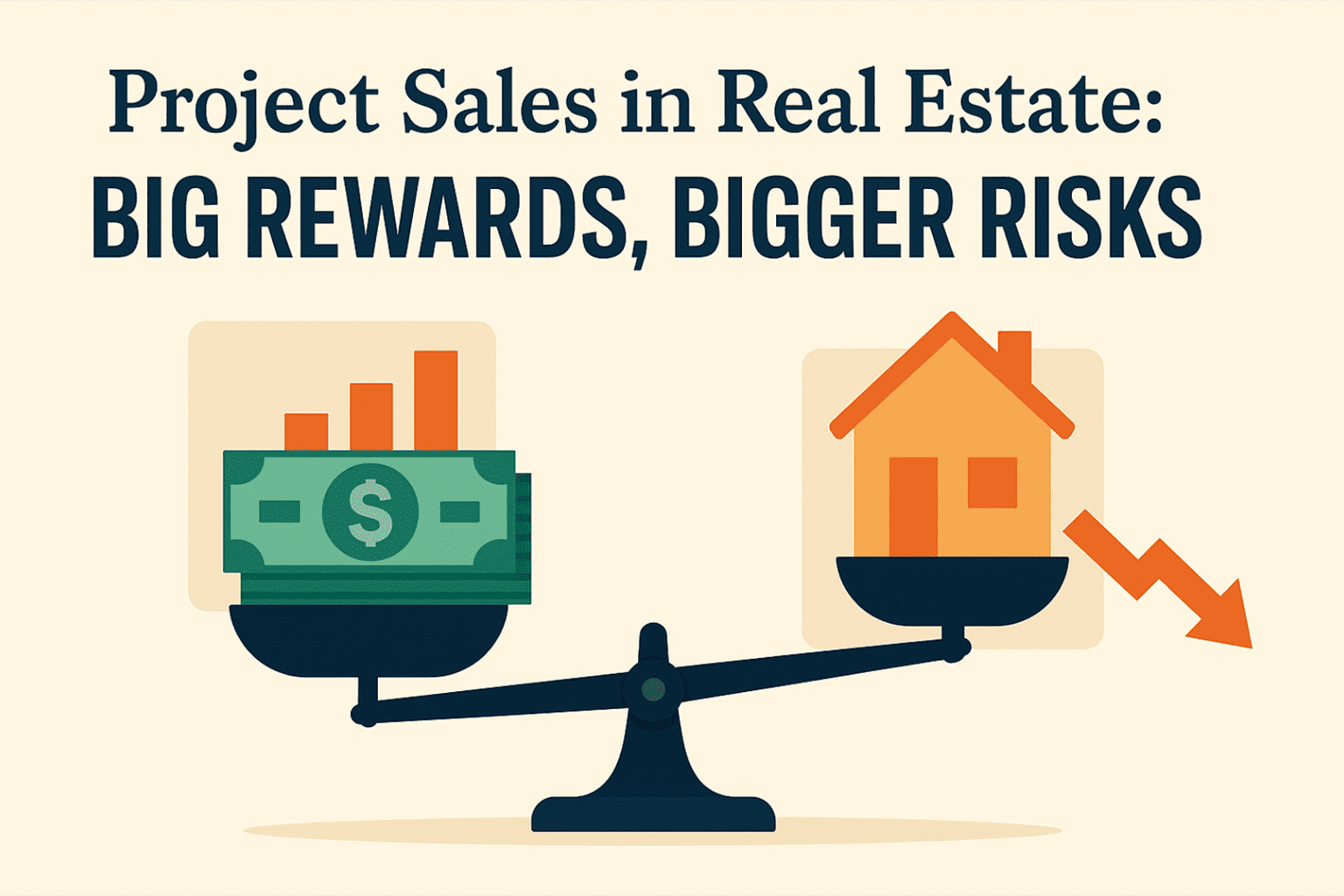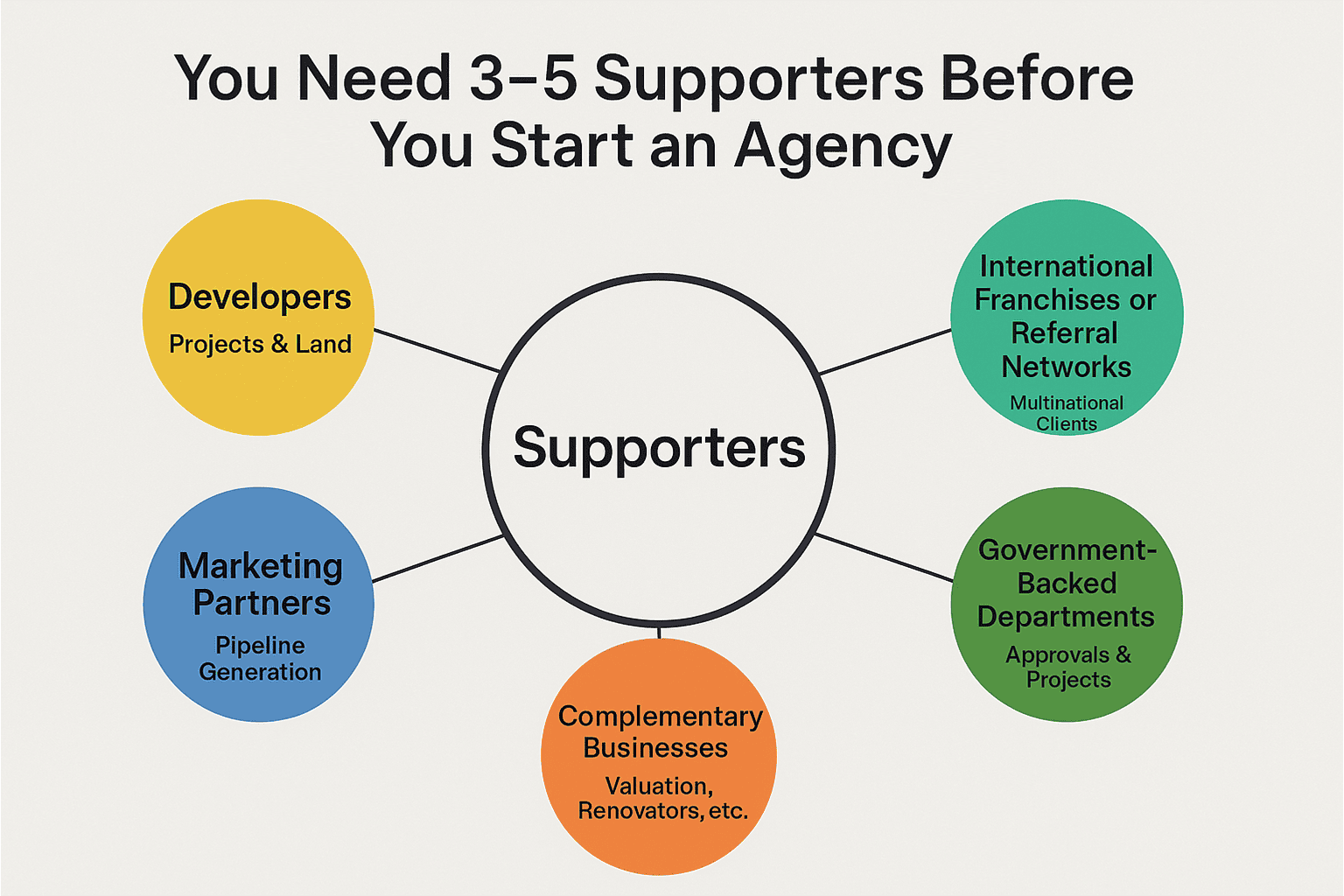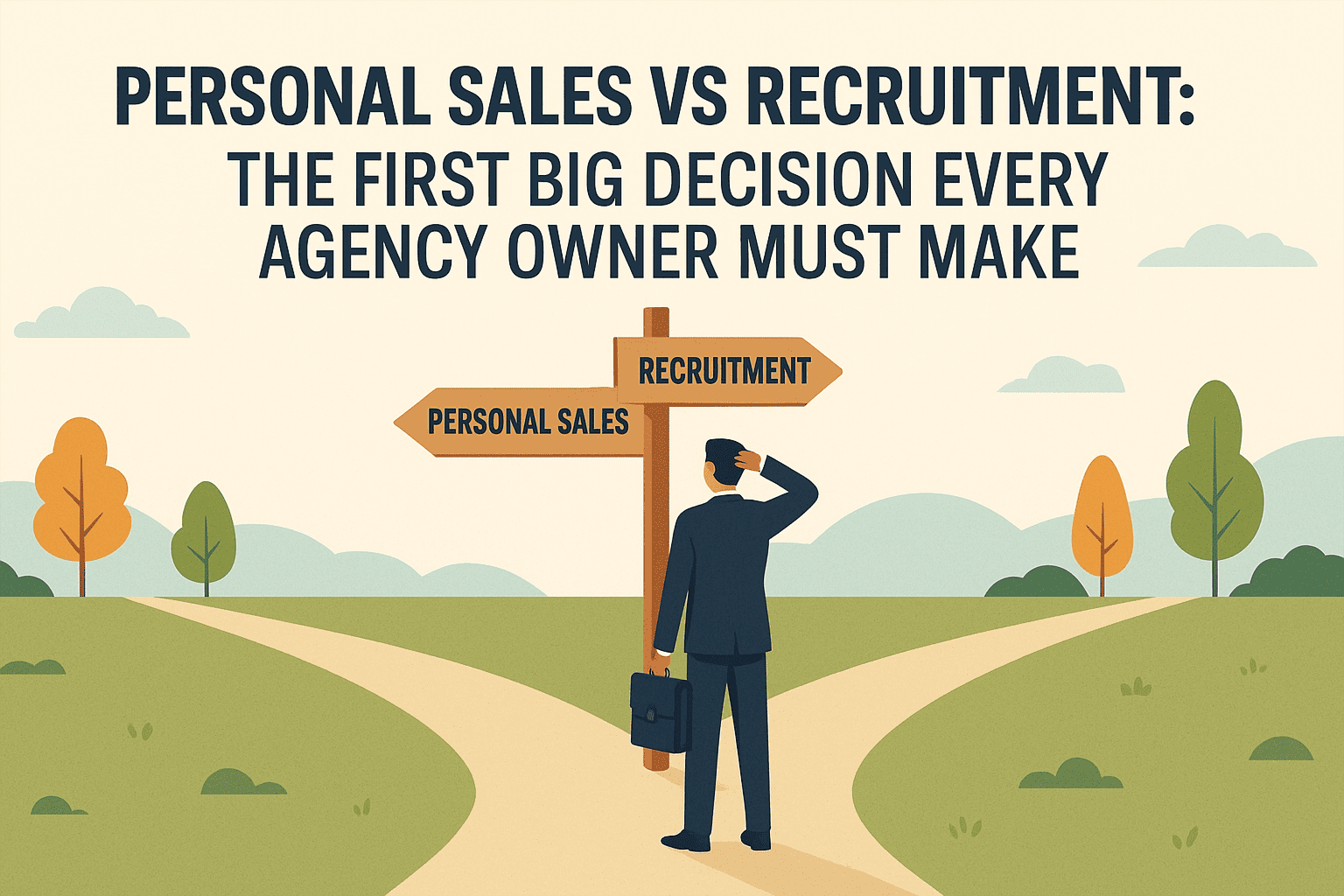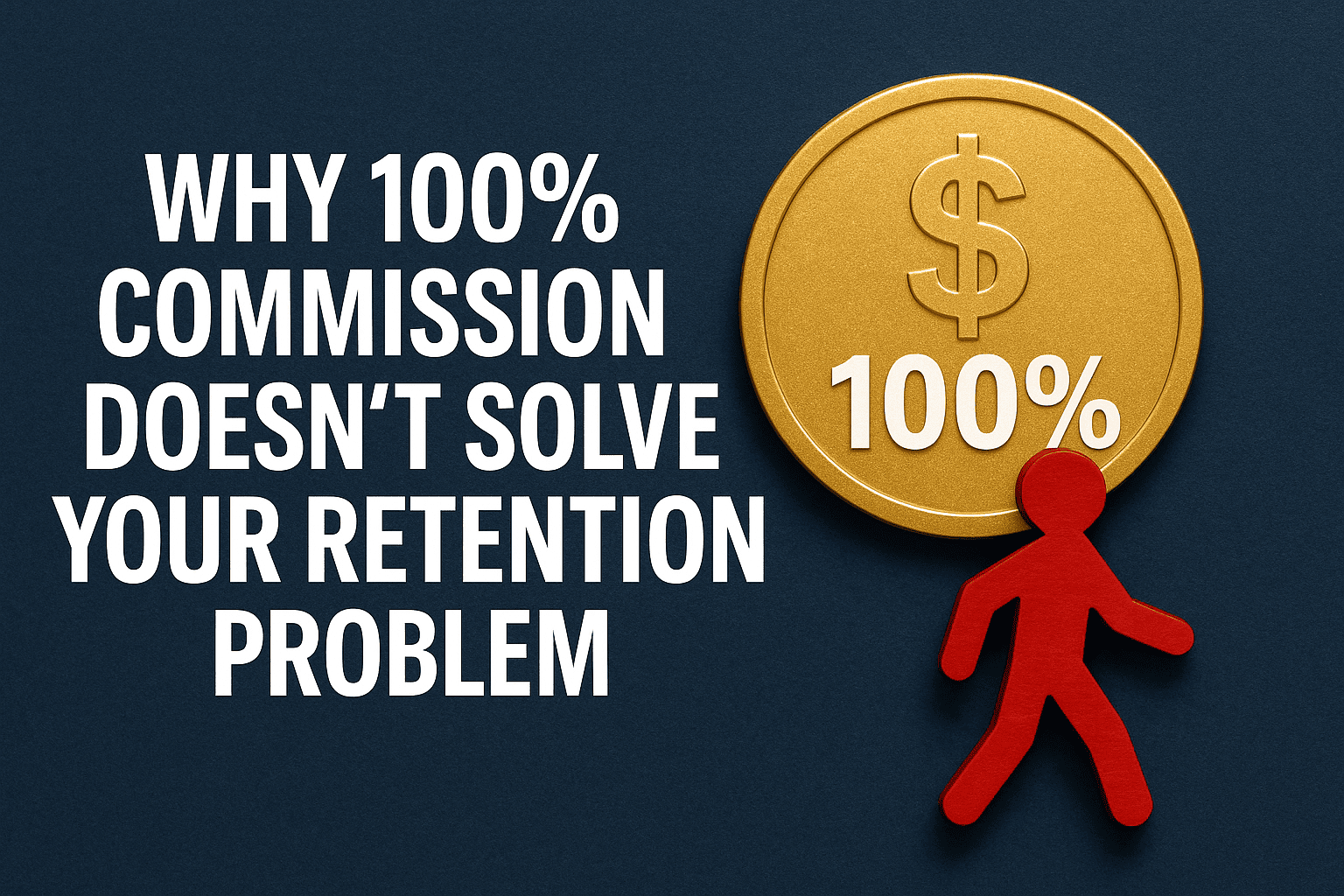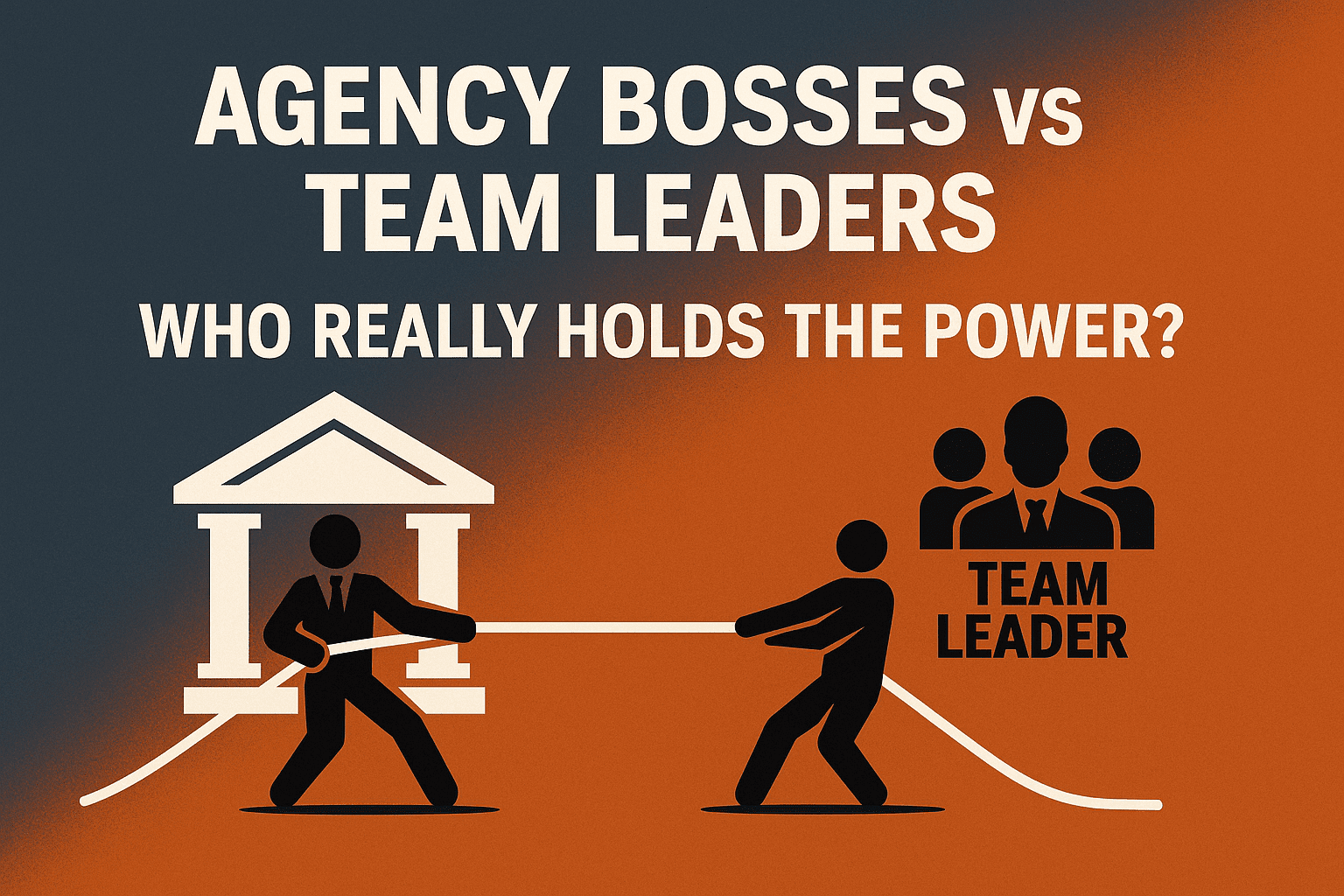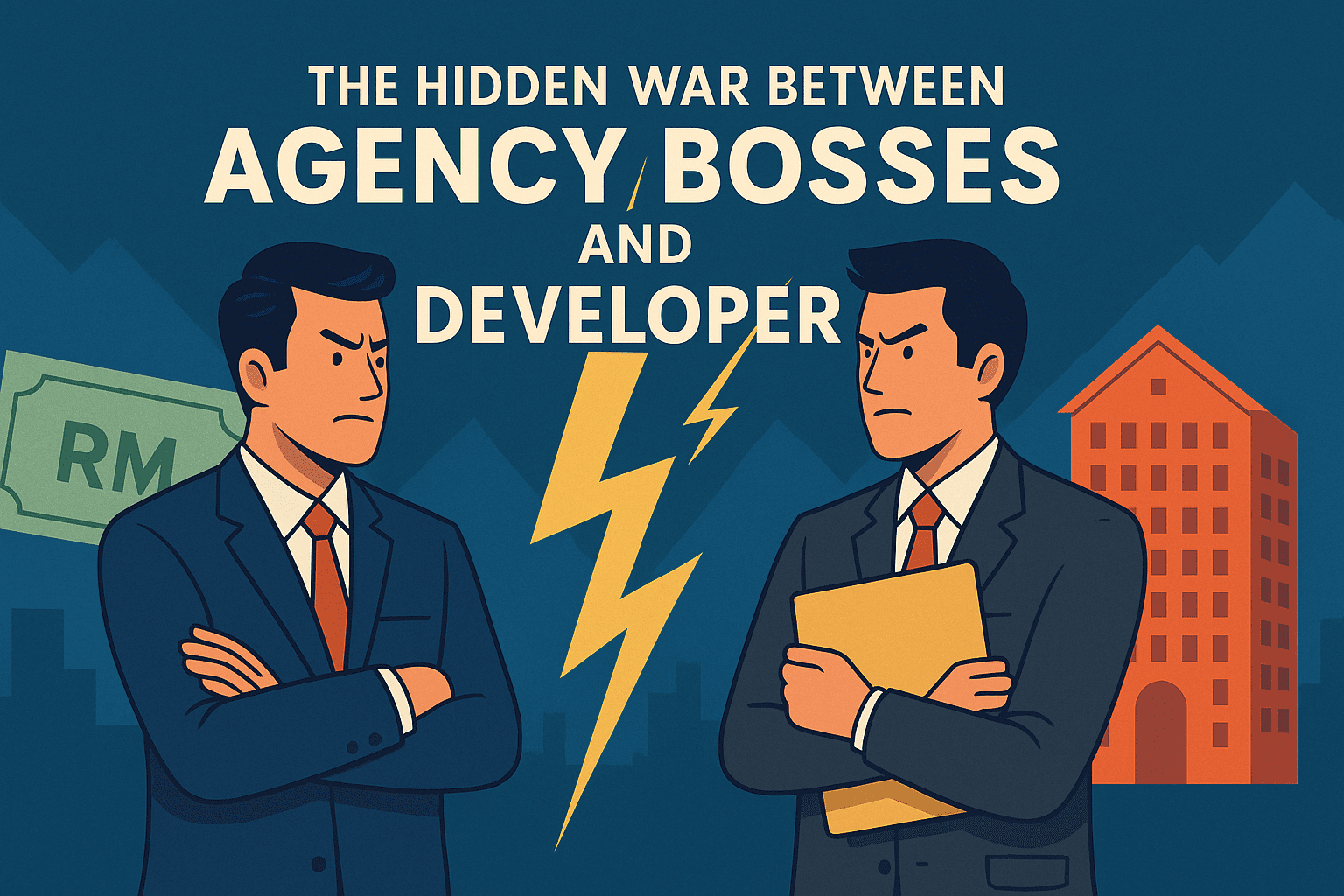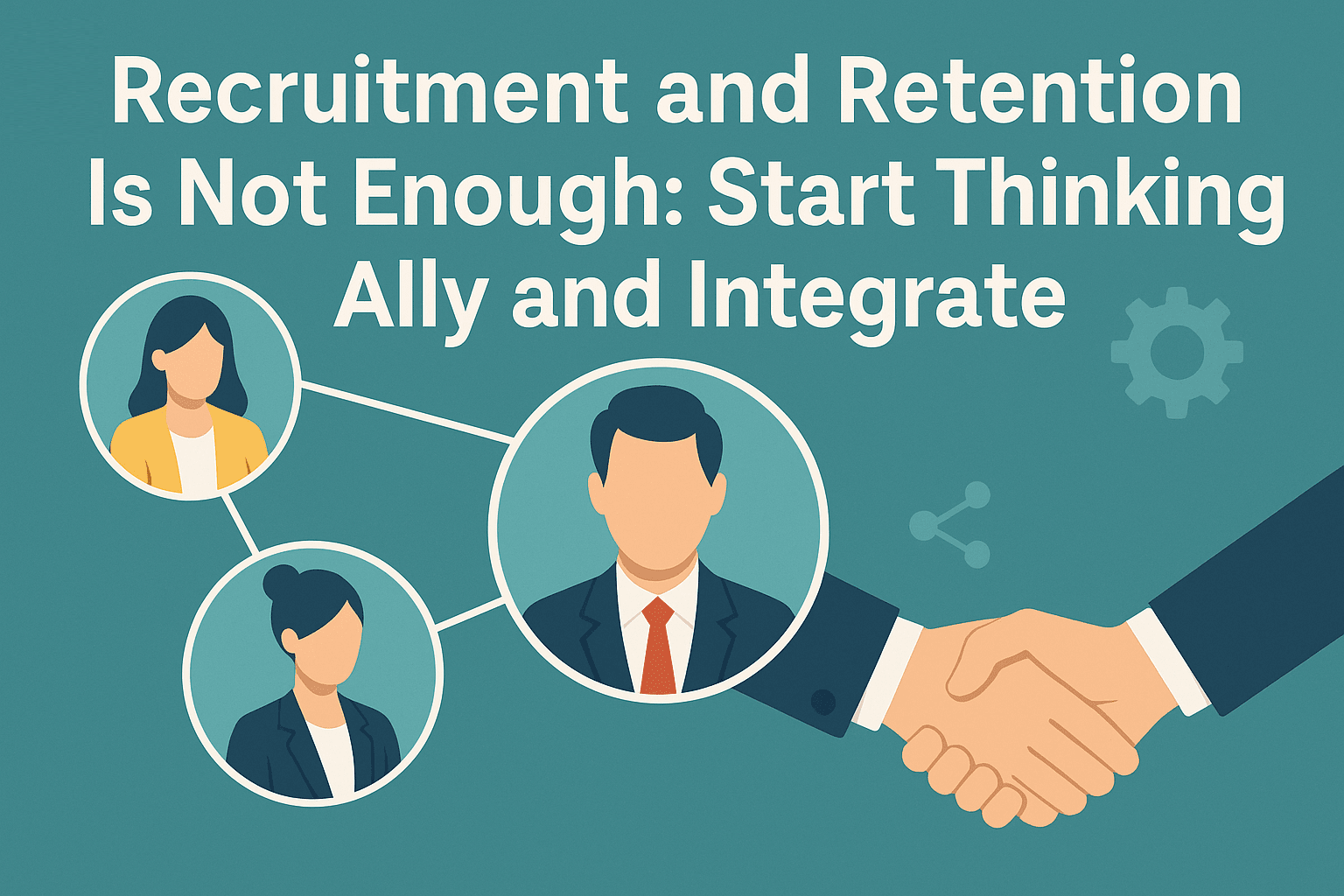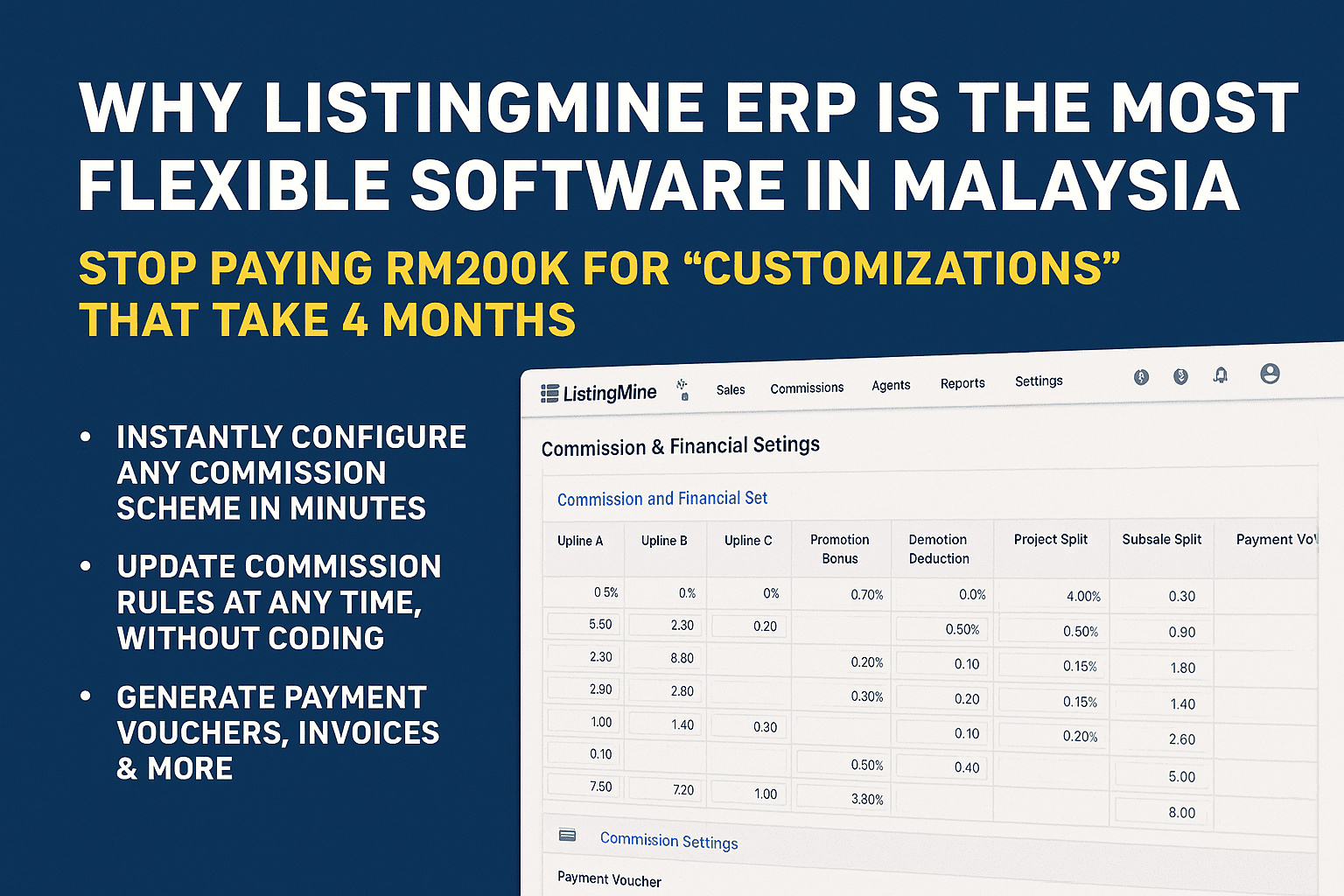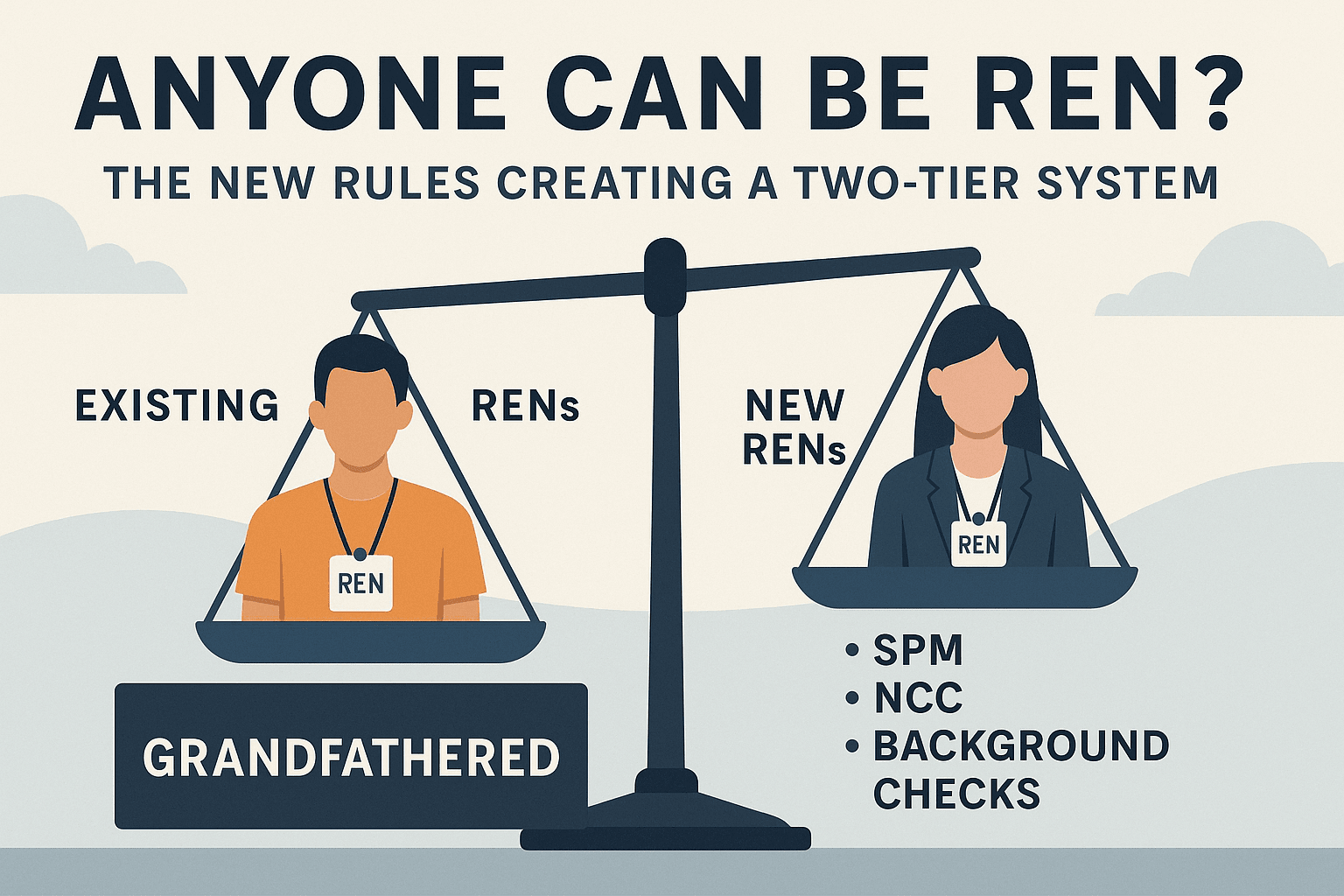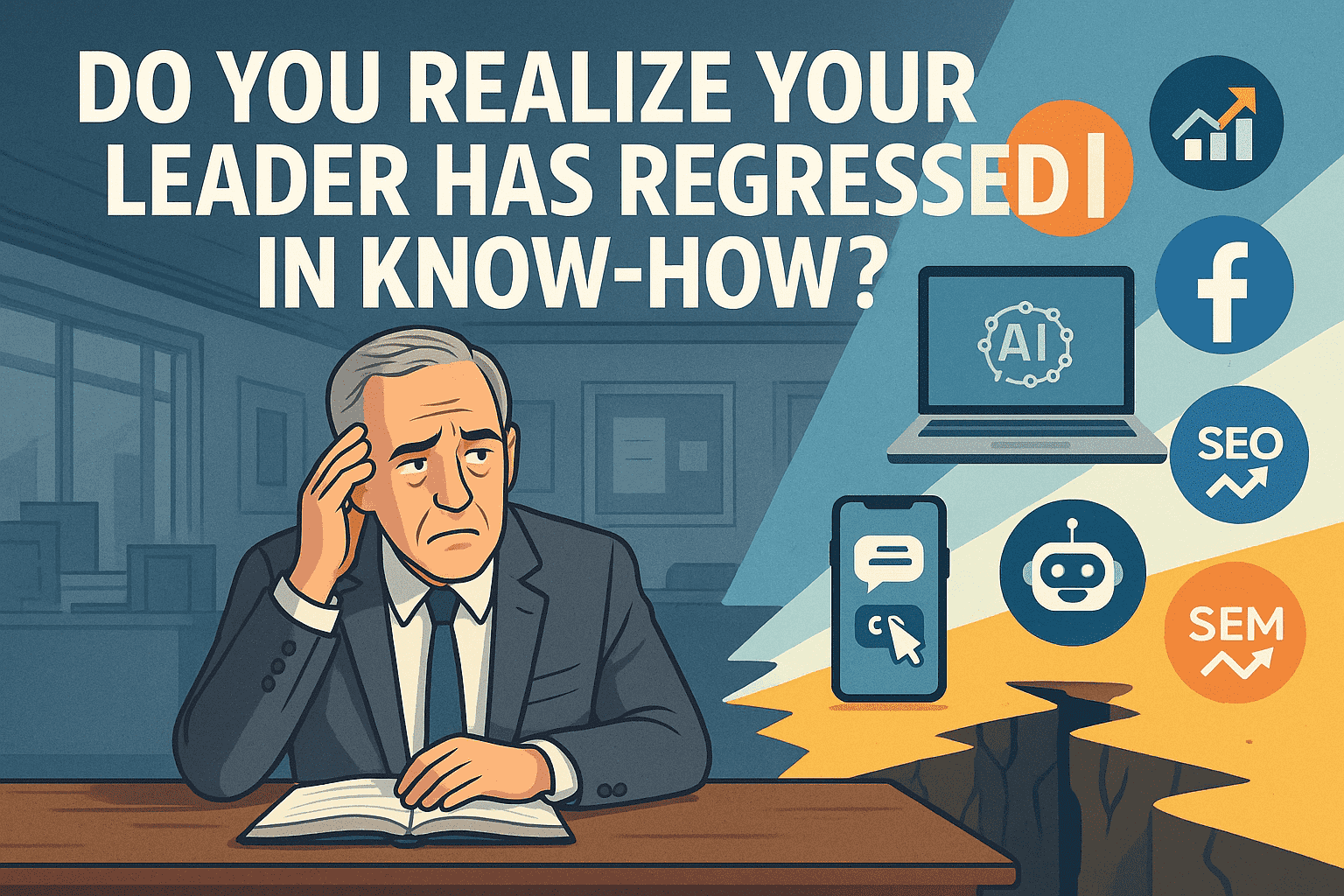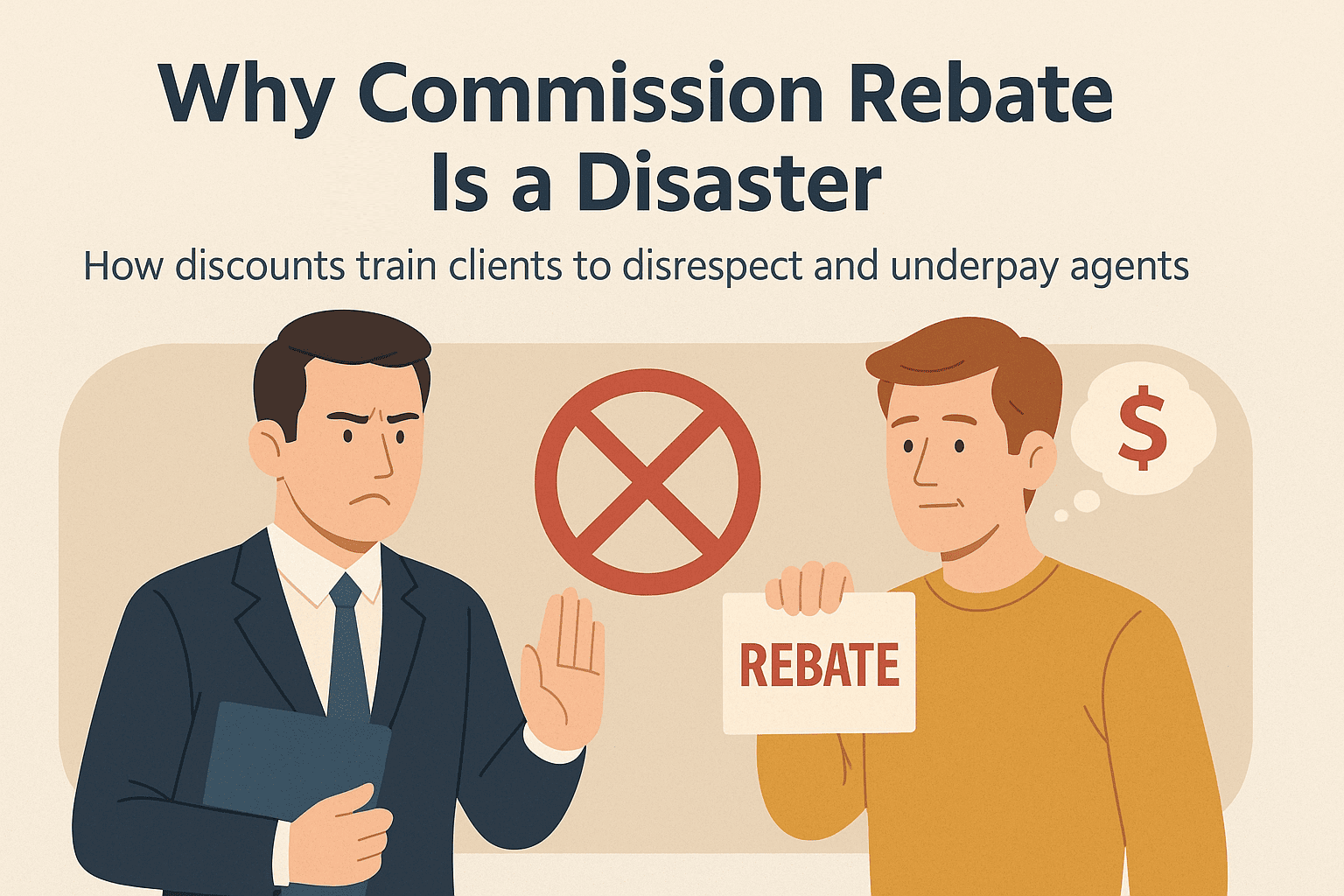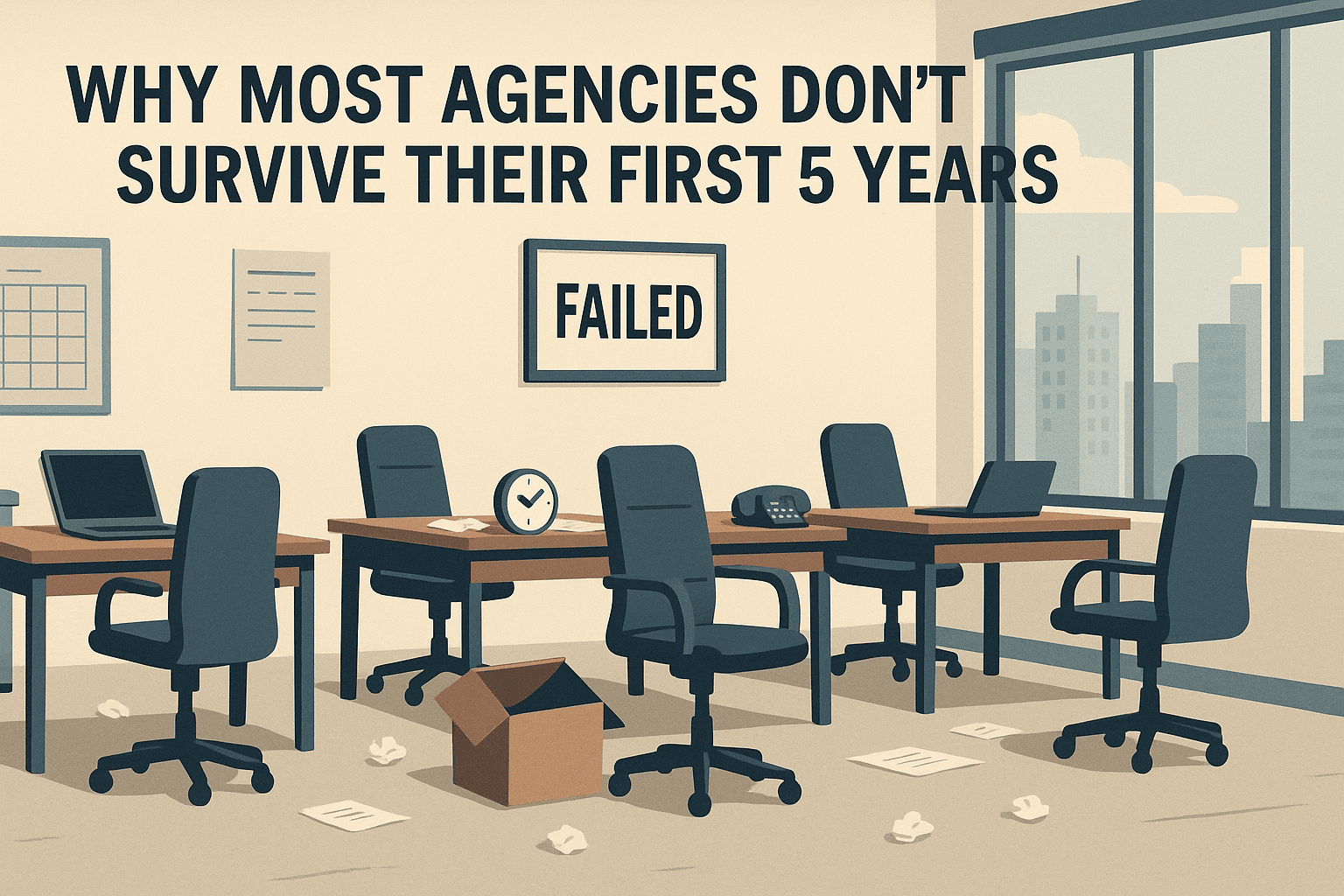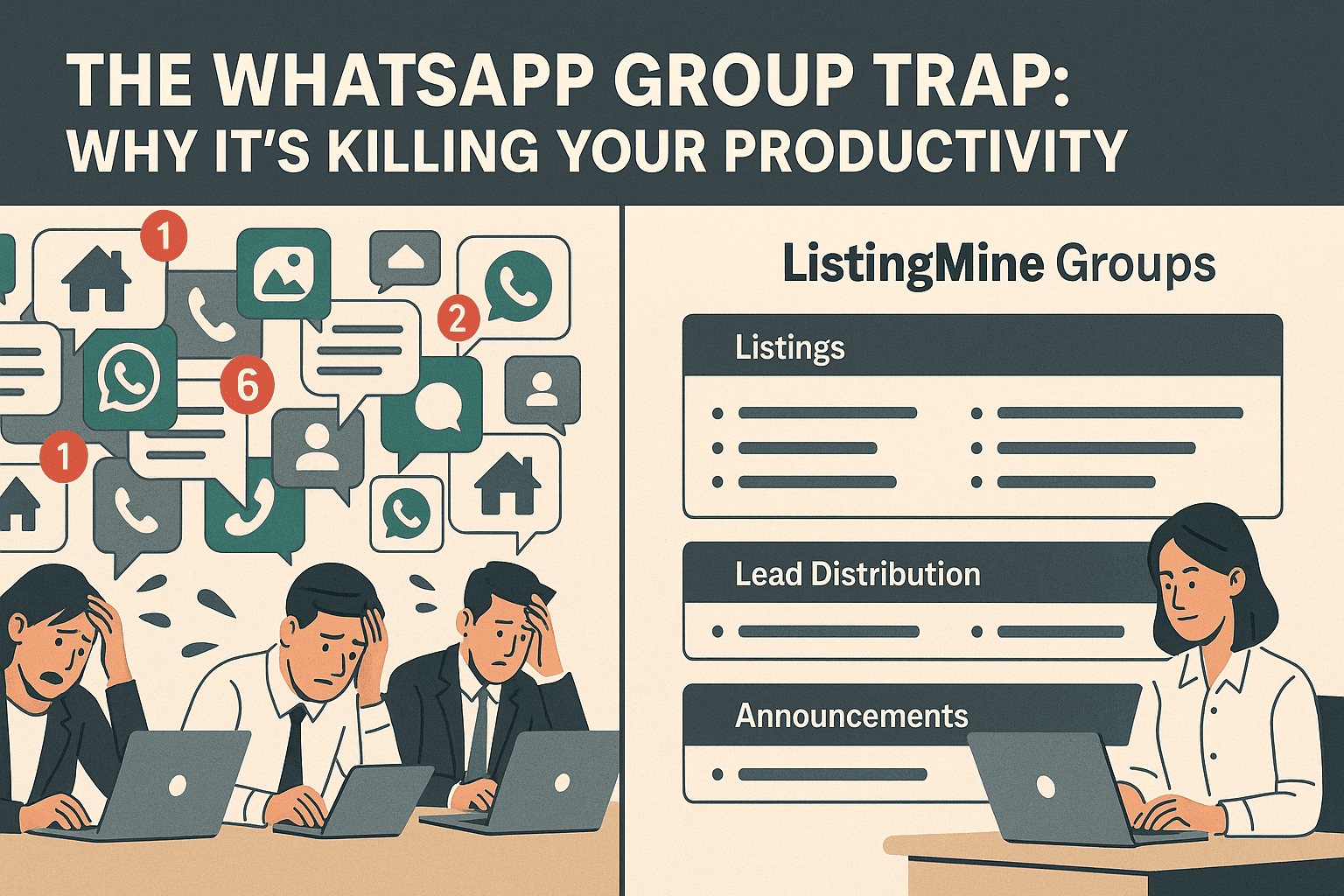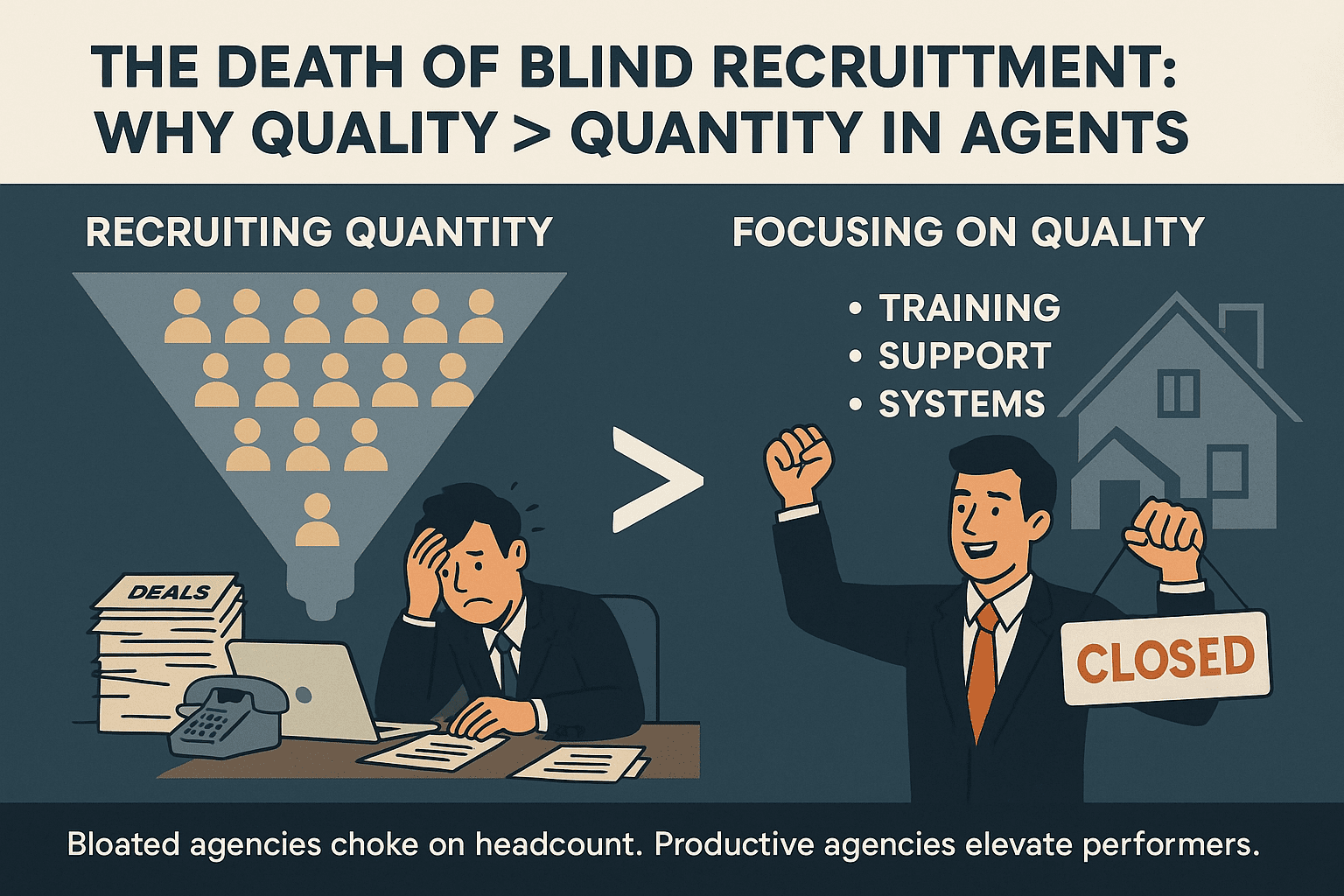The Developer's Dilemma: We Have JPPH Data AND Market Studies. So Why The Overhang?
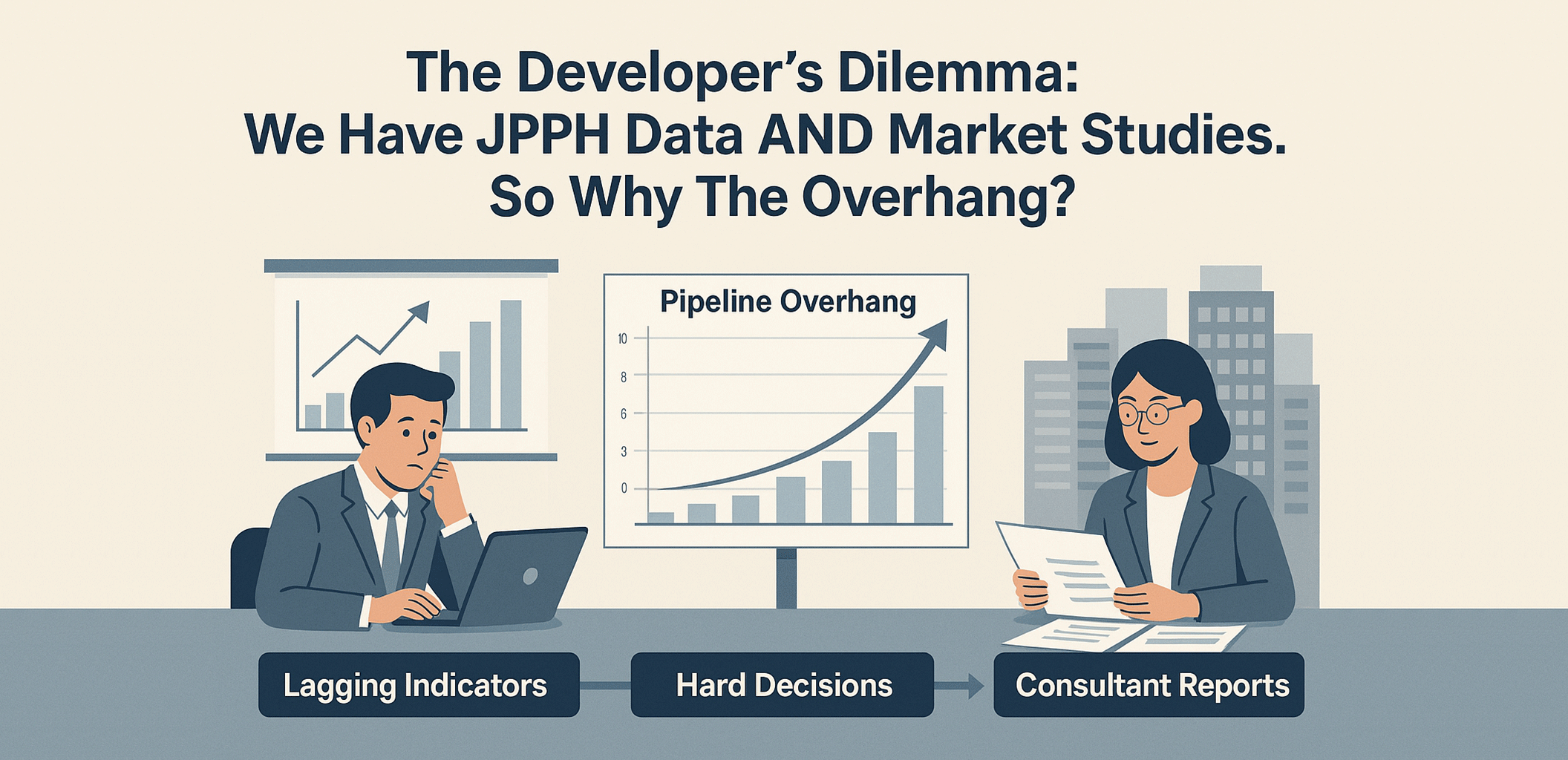
If you work in Malaysian real estate, you know the script. The quarterly NAPIC report drops, headlines announce a persistent property overhang, and the public asks: "Why do developers keep building what nobody is buying?"
The most common assumption is that developers are flying blind. The truth is far more complex—and more interesting.
Serious developers don't just glance at JPPH data. They invest heavily in sophisticated, private Market Impact Studies (MIS), Feasibility Reports, and Valuation Studies conducted by leading firms. These are mandated by banks for bridging loans and by authorities for planning permission. So, with all this expert analysis—both public and private—why does the overhang problem persist?
The answer lies not in a lack of data, but in the systemic gaps, incentives, and inherent limitations of the development ecosystem itself.
1. The "Rearview Mirror" Effect: Lagging Data in a Fast-Moving Market
Think of JPPH data and even most market studies as a detailed rearview mirror. They are brilliant at telling you where you’ve been, but dangerous for navigating what's ahead.
- JPPH provides a macro, historical view of transactions that closed 6-12 months ago.
- A Market Study analyzes this historical data plus currently launched projects.
- The critical blind spot? The pipeline. By the time a developer reads a study showing high demand for serviced apartments in a specific area, a dozen competitors have already commissioned similar reports, acquired land, and started construction. The study you base your decision on today is validating a wave of supply that will hit the market in 2-3 years, creating the overhang we see today. You are using a map of last year's terrain to navigate tomorrow's landscape.
2. The "Box-Ticking" vs. "Truth-Seeking" Study
Let's be frank: not all studies are created equal. Many are driven by the need to satisfy regulatory and financing requirements.
- The primary goal of a study for a bridging loan is often to prove project viability to the bank's credit committee. The goal for a planning submission is to satisfy the local authority's checklist. In this context, the study's purpose can subtly shift from being a pure "truth-seeking" tool to a "project-justification" document.
- There is an inherent, often unspoken, pressure for the consultant to frame the data optimistically. A report that concludes "the market is saturated; abort mission" is rarely what a developer who has already optioned the land wants to hear—or pay for.
3. The Self-Fulfilling Prophecy and the Herd Mentality
Market studies can create a dangerous echo chamber. Here’s how:
- Developer A builds "The Apex" based on a study showing demand for luxury condos.
- Developer B hires a firm to study their site. The consultant's report now cites The Apex's successful launch as evidence of sustained demand, justifying Project B.
- Developer C sees both projects and follows suit.
Each study validates the other, but they are all measuring the same limited set of existing and recently launched projects. They fail to capture the cumulative impact of the entire invisible pipeline. The studies are technically correct, but collectively, they lead the entire industry off a cliff.
4. The Consultant's Dilemma: Advice Without Risk
The valuation firm is a consultant, not a co-investor. They provide a professional, defensible opinion based on standard methodologies. If the project fails, the consultant does not share the financial loss; their liability is professional, not capital.
This creates a fundamental misalignment. The developer has millions on the line; the consultant has their reputation and a professional indemnity insurance policy. The incentive is to produce a thorough and defensible report, not necessarily to be a visionary who challenges the developer's core assumptions.
5. The Momentum of "Sunk Cost"
Often, the crucial market study is commissioned after the key decisions are already made. The land is secured, the initial design is concepted, and the development team is emotionally and financially invested.
At this stage, the study is rarely used to decide if the project should proceed, but to fine-tune how it should proceed—optimizing the unit mix, pricing, and phasing. The momentum, backed by sunk costs, becomes almost unstoppable, even if the study reveals amber lights.
6. The Wild Card: The Marketing & Agency War
This is the factor no market study can predict: the competitor's marketing war chest and agency commission strategy.
- Imagine two new launches side-by-side.
- Condo A is a superior product but offers agents a 2% commission, with slow, bureaucratic payment processing.
- Condo B is a slightly inferior product but offers a compelling 4% commission, paid out fast and reliably.
In the battle for buyer attention, Condo B will almost always win. Why? Because it has the army of real estate agents on its side. Agents are influential foot soldiers. When faced with two similar options, they will naturally steer buyers towards the project that pays them better and faster. They can easily find minor flaws in Condo A ("The layout is a bit odd") while highlighting the perceived value of Condo B ("This has better amenities for your money!").
No market impact study can model this. A developer can have the best product in the best location, but if the competitor next door unleashes an aggressive commission plan, they can be left with a surprising overhang, wondering what went wrong.
The Way Forward: From Justification to Holistic Strategy
Beating the overhang cycle requires a fundamental shift in how developers use data and manage their entire launch strategy. The next generation of market leaders will:
- Commission "Discovery" Studies Early: Hire consultants before land acquisition to truly discover unmet needs.
- Demand "Cumulative Impact" Analysis: Force consultants to model the total pipeline of all approved and planned projects.
- Seek Real-Time Intelligence: Augment traditional reports with real-time data from property portals and consumer sentiment.
- Embrace the Red Flag: Cultivate a culture where a consultant's cautionary finding is seen as a money-saving insight.
- Treat Marketing as a Core Strategy, Not an Afterthought: Develop a proactive and competitive agency engagement plan from day one.
Conclusion
The persistent overhang is not a simple failure of data. It is a failure of the decision-making framework. It's a tale of lagging indicators, misaligned incentives, herd behavior, and the brutal, on-the-ground reality of marketing wars.
Developers have the data. The challenge now is to widen their focus beyond the report and into the messy, human-centric realities of the market. The next real estate boom won't be built by those who just follow the data, but by those who master the entire ecosystem—from the feasibility study to the agent's commission slip.



